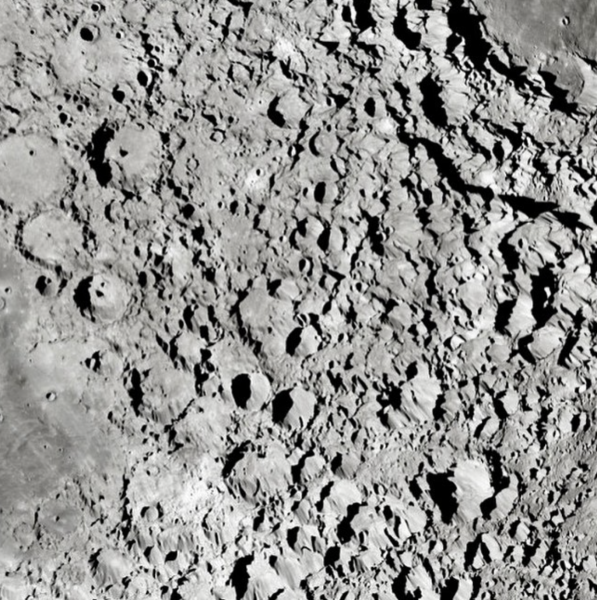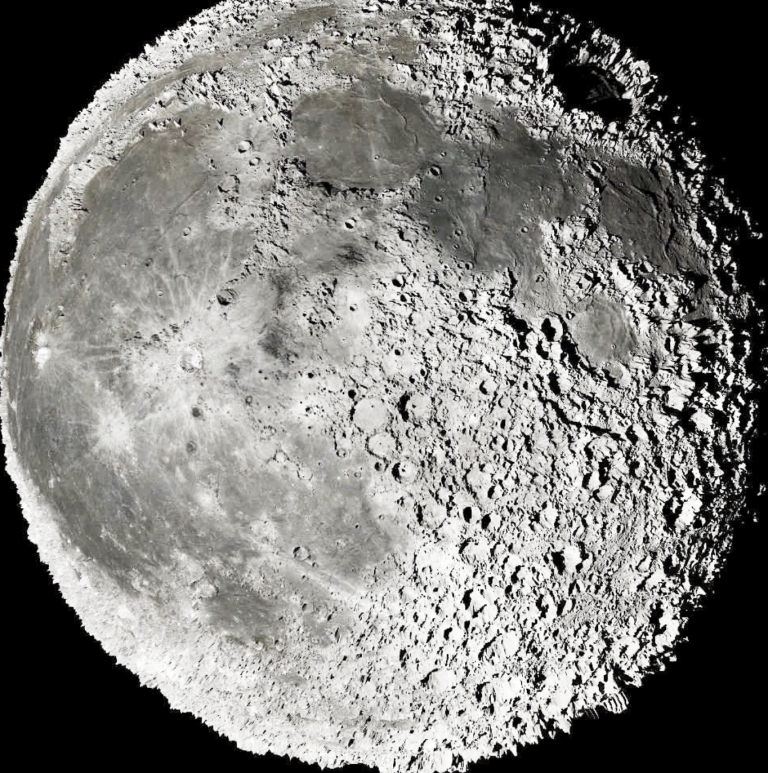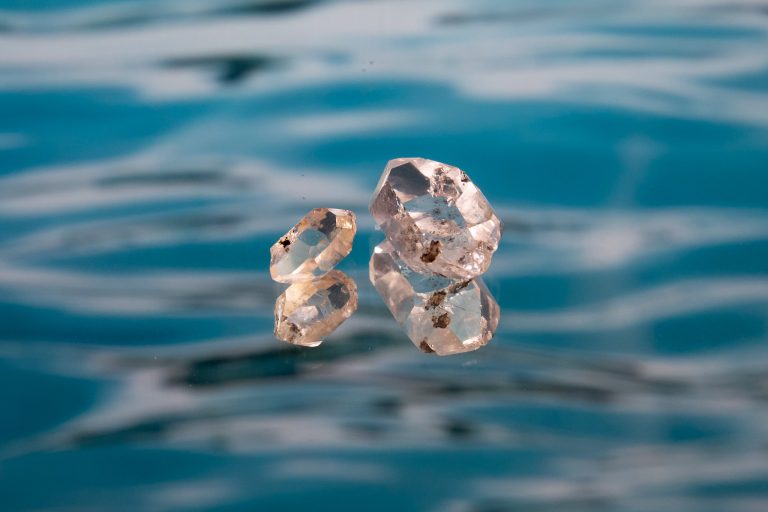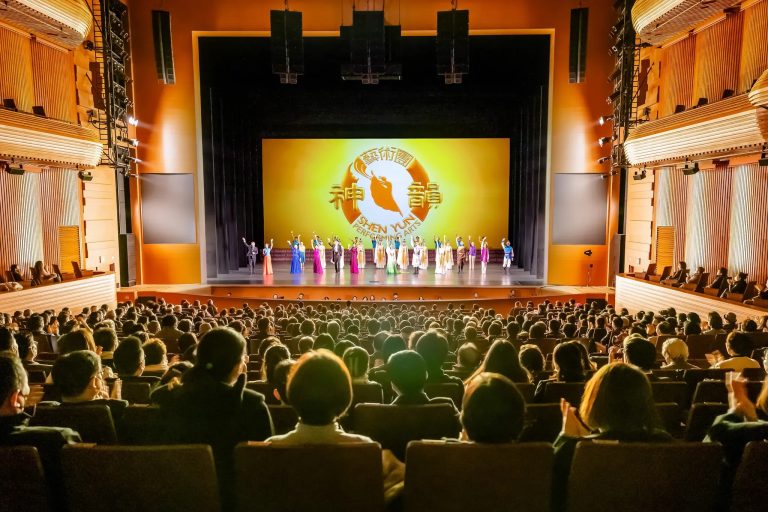“I think that the moon is one of the most important objects in space, it is a stepping stone to the rest of the universe,” said Andrew McCarthy, a digital artist and an astrophotographer who has captured incredible images of the moon.
McCarthy, an astronomy buff, utilizes the magnificent night skies in Arizona, where he recently moved, by putting up his telescopic camera in his backyard to get amazing moon shots.
Initially working for a tech startup, McCarthy’s career came to a standstill after the Covid-19 outbreak. So, he converted his interest in astronomy into a business by making astronomical art. He now makes a career of selling his prints, which he describes as a mix of ‘science communication’ and ‘art’ combined with social media.
The spectacular new photographs of the moon give the most in-depth views ever of the moon’s craggy surface, displaying every fissure in astonishing clarity. Thanks to McCarthy’s careful use of distinct shots of the moon, the improved photos reveal every mountain, crater, and cave in the lunar terrain. This makes the moon more accessible to the eyes of Earthlings than ever before.

“By making these pictures I wanted to get people more interested and excited about exploring the frontiers of humanity and space,” he said.
Success
You are now signed up for our newsletter
Success
Check your email to complete sign up
Naming his work Moon in Exaggerated Relief, the Moon is shown in this richly textured, breathtakingly realistic depiction. McCarthy uses CGI digital software to combine 200,000 photographs to reconstruct the lunar sphere, but with enhanced characteristics that highlight every pit and crater on the surface of the moon.
He made this happen by using NASA’s lunar elevation data. In order to create a 3D effect with the texture and features, he maps the topography of the lunar surface, which consists of rugged craters and an expansive flat ocean. Also, the 3D software shows the contrasts between the lunar water and the lunar highlands.
He then entered this information into Blender (a free 3D modeling software) and multiplied it 20 times to express complexity that would otherwise go undetected by the human eye. The simulated Moon appears to be a perfect sphere, however, the real Moon is far from perfect. McCarthy’s excessive scaling is likewise not mathematical, but modified until he “thought it looked good.”
“It’s an easily digestible way to learn about the Moon’s features, so it’s a bit of scientific communication as well as an art piece, since people have requested to have it in print for their walls,” he added.
McCarthy created the final images by superimposing hundreds of thousands of still shots on top of each other using the 3D software.

However, McCarthy said that even though the image of the dramatically enhanced Moon is magnificent, he transparently advised using the CGI only when it is ‘only absolutely necessary’ and ‘sparingly.’ He said in the newspaper, “I do think that using the CGI could devalue some of my other work, simply by casting doubt it is real. Some of the things I capture seem too incredible to be real, but they are.”
McCarthy’s Instagram account, cosmic_background, originally unveiled the spectacular collection of craters, dimples, and faults on Earth’s 4.5 billion-year-old natural satellite. He captioned the digitized moon sphere he uploaded, “By exaggerating the elevation of feature on the Moon, you can really show off how different the maria is relative to the highlands. The heavily cratered highlands seem incredibly treacherous compared to the smooth basalt in the lunar seas.”
“My hopes with this image–along with the rest of my work–is that you are reminded there is more to our universe than meets the eye. Most of what I do is simply science communication,” he said in The Epoch Times.
While McCarthy has made the moon more visible to the naked eye than ever before, he continues to dazzle his 454,000 followers by taking snaps of the sun, moon, the planets in our solar system, nebulas that consist of gas and dust, and also the neighboring galaxies with his backyard telescopes.















